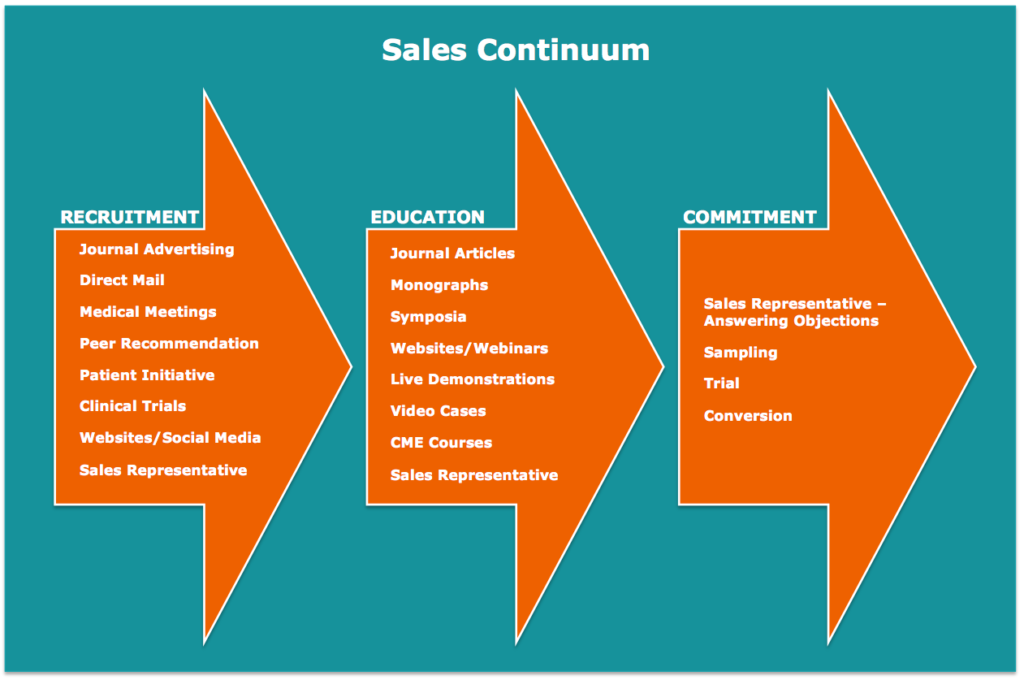Buggy Whips and Other Runaway Success Stories
Doing the same thing over and over again and expecting a different result is a sign of insanity. Yet many companies who do not consider themselves insane do exactly that. There are several reasons why they do it:
“We’ve always done it that way.”
“Our competitors are doing it.”
“That’s the way things are done in our industry.”
When the automobile began to disrupt the transportation market, it is almost certain more than one venerable buggy whip manufacturer maintained that, “The world will always need a good buggy whip.” Where are they today?
By now, you are probably saying to yourself, “This doesn’t apply to us. We don’t operate that way.”
Are you sure?
When was the last time you did a market audit to find out how your industry has changed over the past five years and where it is going?
When was the last time you did a thorough analysis of what your competitors are doing to undermine your market share?
When was the last time you checked to find out if you were still relevant to the best emerging customers in your market sector?
When was the last time you revised your branding, your positioning, your business plan, and your marketing plan to make sure you would be relevant in the future?
True, these are hard questions. Probing. Aggressive. And necessary.
We ask our clients questions like these every day. Not because we want them to be uncomfortable, but because we want them to be successful.
We call ourselves “The Reason Why Agency.” There is a reason why we do that.
It’s because of two cliches:
“If you don’t know where you are going, you will probably wind up someplace else.”
“He who fails to plan is planning to fail.”
Buggy whip manufacturers got into trouble because they ignored these cliches. They didn’t know where they were going because the world was changing in ways they failed to recognize. So where they thought they were going simply ceased to exist. They failed to plan for the future because they failed to recognize that it was going to be very different from the past. So they kept doing what they had always done until nobody cared any more.
In other words, they did not have a legitimate Reason Why behind every action they took. As a result, many of their actions were random or based on a false reality—two more faces of insanity.
Fortunately, there is an effective prophylactic. It’s called “Reason Why Marketing.”
Welcome to the dispensary.
